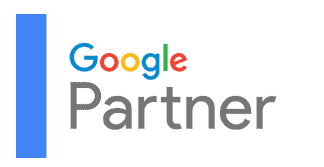Blogs
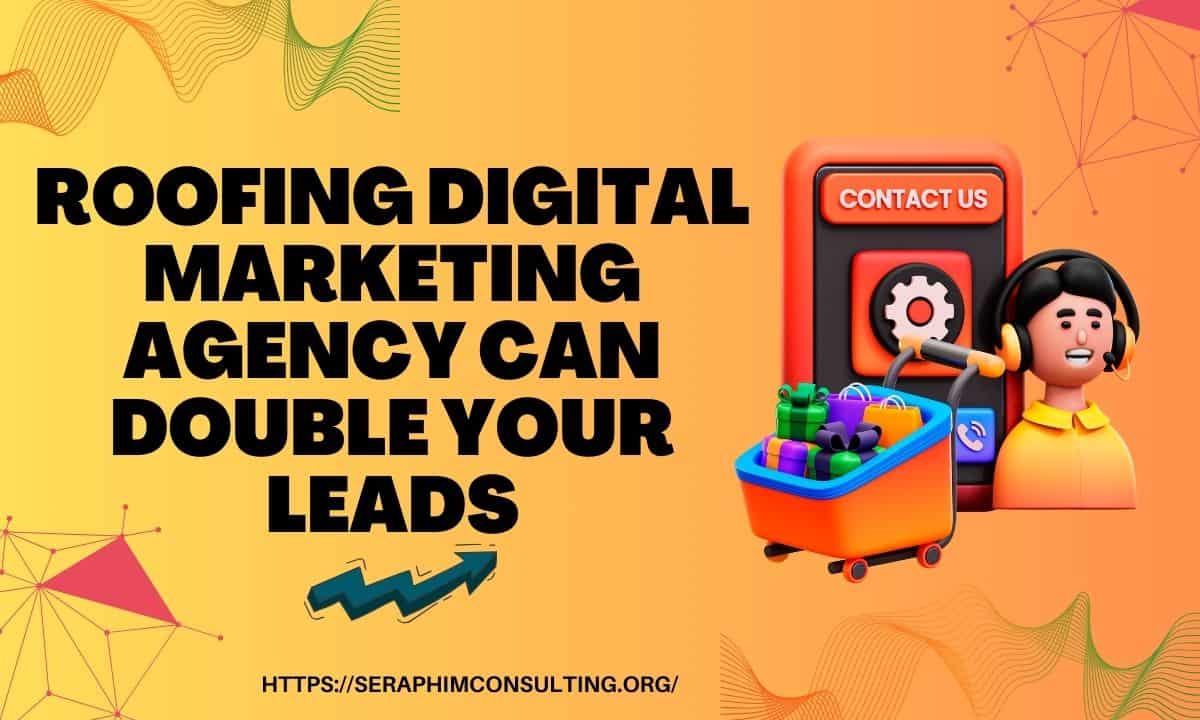
How a Roofing Digital Marketing Agency Can Double Your Leads ?
Roofing businesses in Missouri face unique challenges in attracting and converting potential customers. A specialized roofing digital marketing agency offers...
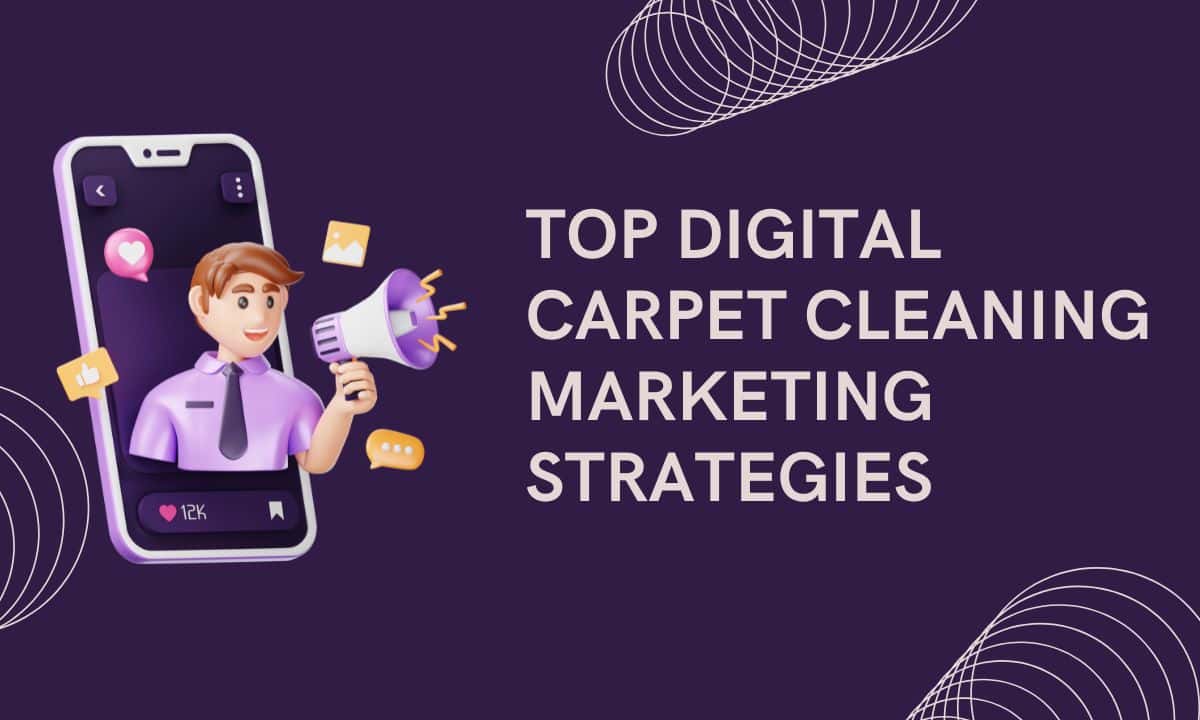
Top Digital Carpet Cleaning Marketing Strategies ?
In the competitive landscape of carpet cleaning, success hinges on strategic carpet cleaning marketing approaches that connect businesses with potential customers effectively.
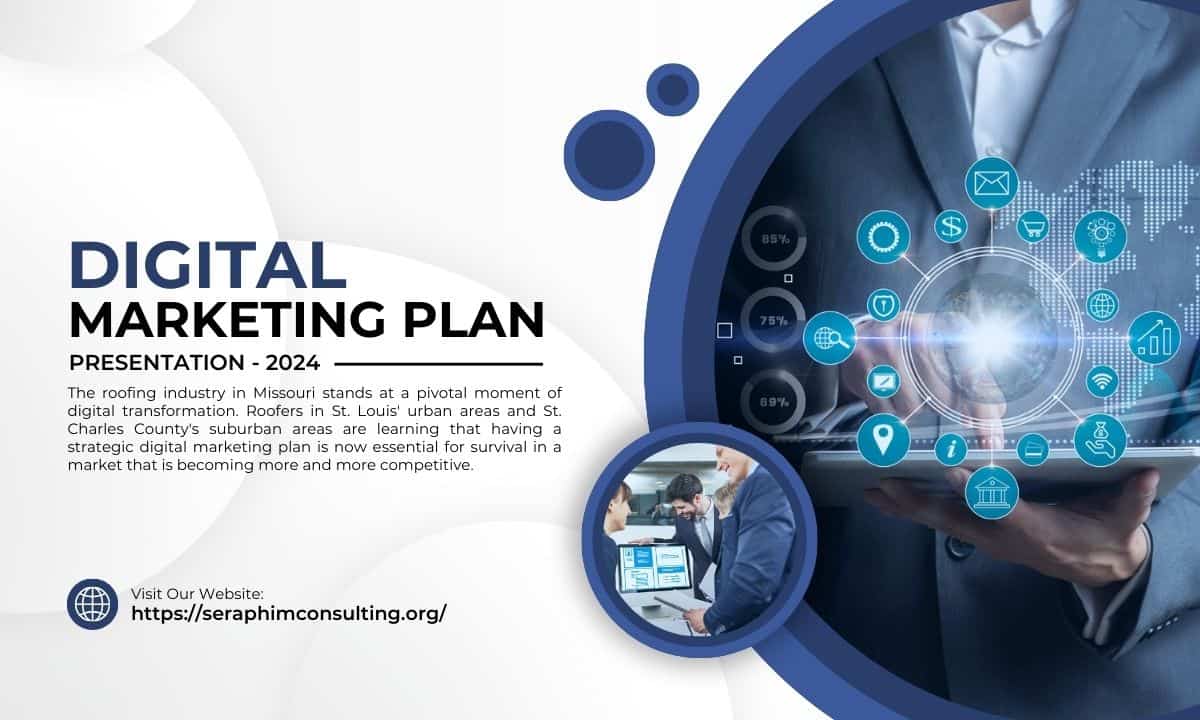
Why Every Roofer Needs a Digital Marketing Plan
The roofing industry in Missouri stands at a pivotal moment of digital transformation. Roofers in St. Louis’ urban areas and St. Charles County’s suburban areas
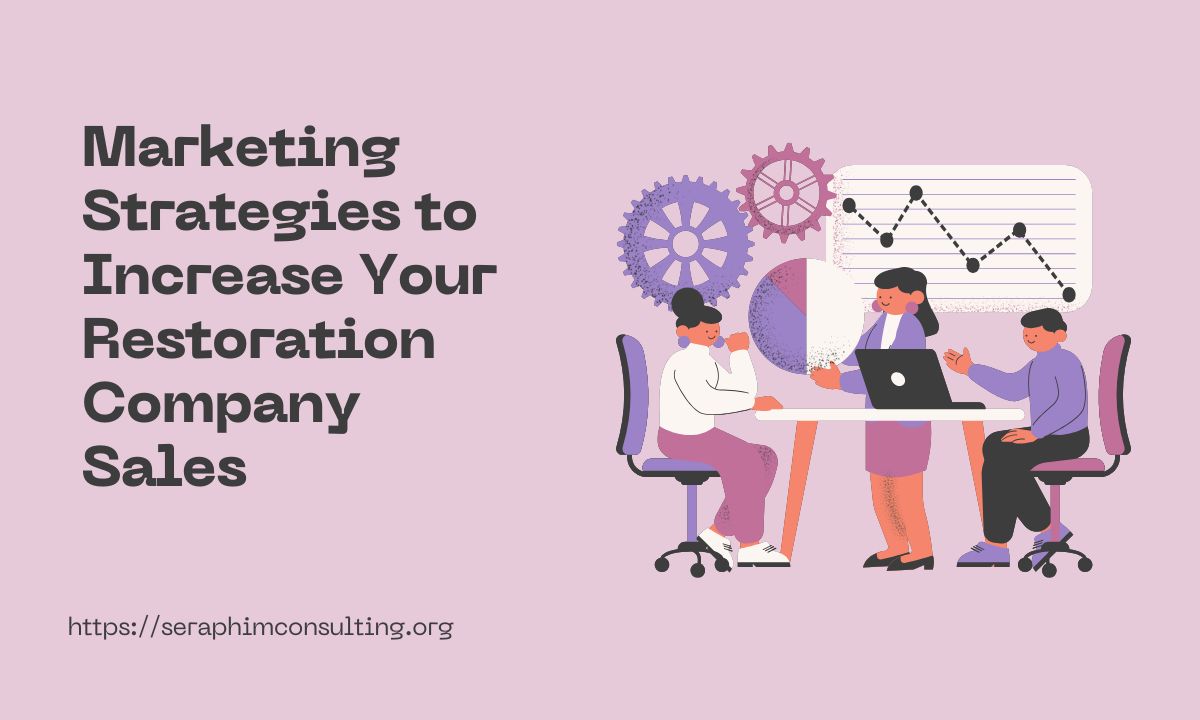
Marketing Strategies to Increase Your Restoration Company Sales
Digital presence must be a top priority in restoration companies’ modern marketing strategies. Businesses in Missouri, from Kansas City to St. Louis, require strong websites
2025 Seraphim Consulting
